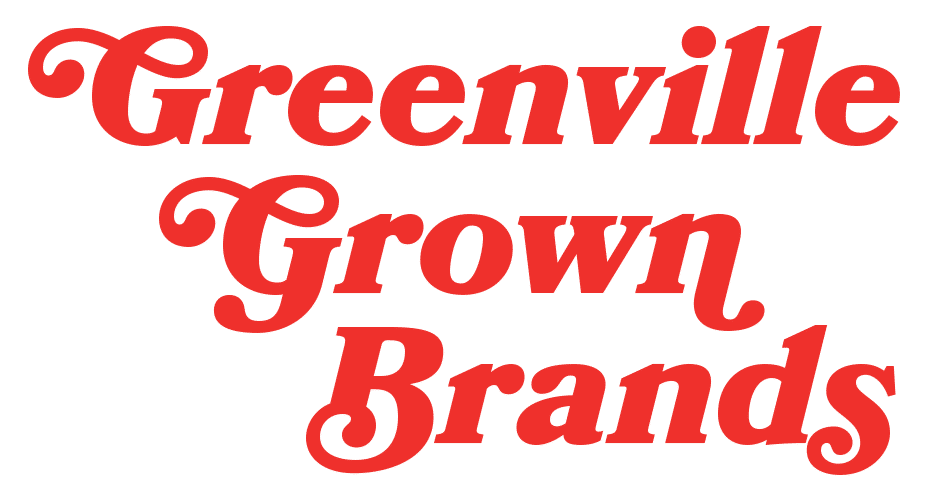Read on for an overview of what’s to come, or if you are ready to dive into the Death of the Third Party Cookie white paper, you can download it here.
People often talk about how digital marketing (and, quite frankly, marketing as a whole) changes quickly and how crucial it is to always be learning and staying on top of new trends. While this is always important, it’s perhaps more important right now than it ever has been. The digital marketing industry is going to be flipped on its head in many ways over the coming years, and with that comes many risks and opportunities for your brand.
There are two primary drivers of change that are converging in the digital marketing industry right now that will shape how the industry evolves over the next five to ten years.
One: Regulation
One driver of change is the combination of regulations that have already been put in place, as well as the risk of additional regulation. In some cases, loose “regulation” is coming to be as a result of tech companies attempting to pre-emptively self-correct before governments step in. But when they fail to do so successfully, a new round of potentially far more sweeping regulations becomes a factor.
Privacy and consumer advocates have expressed displeasure with how companies like Facebook, Google, and Amazon handle customer data. Both the European Union and California have passed legislation to protect consumer data and limit the ways in which companies can collect and store information about leads and customers. It’s expected that other states in the US will follow California’s example.
Last month, Mark Zuckerberg was called to testify before Congress about everything from content moderation practices, antitrust concerns, and their role in election misinformation to whether platforms like Facebook and Twitter could become addictive. In recent years, Facebook has also faced criticism over the Cambridge Analytica scandal in 2018 and settled with HUD in 2019 over allegations that their ad platform was allowing discrimination in ads for housing and within other industries.
In December 2020, twin antitrust lawsuits were announced against Facebook by both the FTC and attorneys general of dozens of states. Meanwhile, in October, the Department of Justice, along with the attorneys general of several states, filed their own antitrust suit against Google. After years of complaints from privacy advocates and years of what the US government alleges are anticompetitive practices from both Facebook and Google, there is now significant risk that both companies might be in the very least hobbled by antitrust settlements, if not outright broken up.
While opinions are all over the place about what this might look like, it’s worth noting that many credit the Microsoft antitrust suit in the 90s and early 2000s as having hobbled Microsoft enough in the browser wars to give rise to the tech giants that we all love to hate today.
The industry is currently talking about Google’s planned obsolescence of the third-party cookie because Google Chrome’s 66% browser market share long ago eclipsed Microsoft’s, which currently sits at 3% worldwide for the Edge browser. Twenty years ago Microsoft was poised to win the browser wars handily before an antitrust lawsuit settlement in the early 2000s hobbled them, clearing a path for Google and others.
We may well see the rise of new, serious competitors in the online advertising space over the next ten years, especially if Facebook is forbidden from buying them up by the terms of an antitrust settlement.
The second driver of change promises to have just as much potential to shake up the industry as a series of antitrust suits against its major players — the death of the third-party cookie.
Two: The Death of the Third-Party Cookie
Further complicating the digital marketing space is Google’s planned obsolescence of the third-party cookie. Though Google has not provided a roadmap of their plans, they will begin phasing out these cookies in 2021, with the goal of completely phasing out support for the third-party cookie by 2022.
Of course, the problem with this is that this foundational technology that has been with us since its development by engineers at Netscape in 1994 , and most everything you rely on in digital marketing is powered by it. This simple text file on a user’s computer allows platforms like Google Ads, Facebook Ads, Instagram Ads, LinkedIn Ads, etc. to identify individuals for the purposes of targeted advertising and attributing conversions back to individual campaigns and ads.
Without this tech, you lose the ability to:
- Target your ads based on age, geography, behavior, or household income.
- Understand which campaigns and ads are driving results.
- See demographics data in Google Analytics or Adobe Analytics.
Basically, everything that makes online advertising effective today will be impacted:
- The ability to target individuals effectively based on their demographics, psychographics, and behavior.
- The ability to harness data to uncover opportunities to improve campaigns and then quickly make those improvements.
- The ability to understand success based on a wealth of available data.
All of this effectively goes away without the third-party cookie.
Clearly, there’s a lot of change coming to the industry in the next few years, and you need partners who have their fingers on the pulse and are following these trends. You need help preparing for these challenges so that your brand takes advantage of these opportunities, rather than being surprised by these changes and left behind by your competitors.
Book a marketing assessment with FUEL.
Not All Doom and Gloom
While everything you’ve just read probably sounds really scary, the good news is that it’s not all doom and gloom.
Facebook, Google, and Amazon control the vast majority of market share in online advertising today. While it certainly feels like Facebook and Google are constantly making changes to their ad platforms and the services and support they provide to advertisers and agencies, it rarely feels like many of those changes are in the best interests of advertisers. Both advertisers and agencies would be well-served by the potential for growth of new competitors, forcing these giants to innovate in ways that benefit their users once again and providing new platforms to test and explore.
And while the death of the third-party cookie is certainly concerning to advertisers big and small, there are steps that you take now to prepare for these coming changes. Plus, there is still time to make the most of third-party data while you still have access to it.
In our Guide to Navigating the Death of the Third-Party Cookie , we dive deep into the death of the third-party cookie, how it will impact you, what technologies might replace it, and what you can do right now to best prepare your company. Download our free guide today so that you’re prepared when the cookie crumbles.
Download FUEL’s Guide to Navigating the Death of the Third-Party Cookie
It’s been estimated that preparing for the obsolescence of the third-party cookie is a six- to twelve-month project for most brands, so don’t delay taking important steps.








